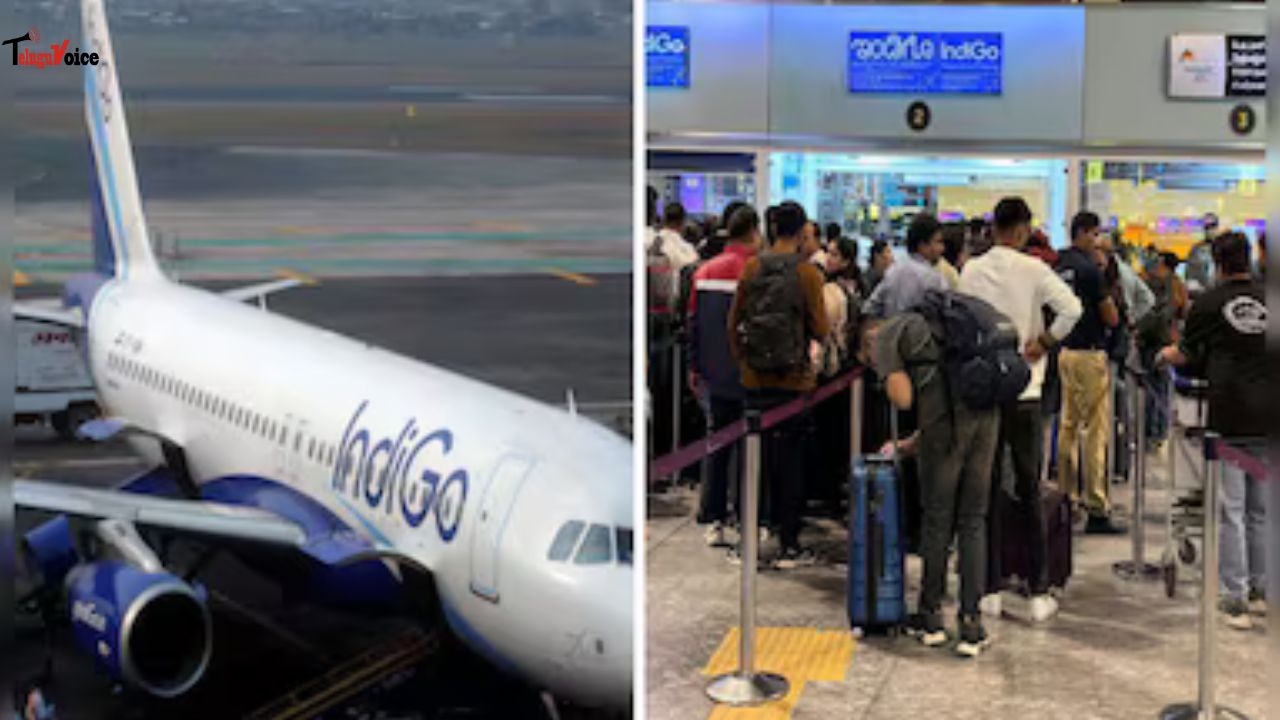India Aims First manned mission To Send Astronauts To Space By December 2021, Says ISRO Cheif

ISRO is aiming for a manned mission to space in December 2021. This can be preceded by 2 unmanned missions, slated for December 2020 and July 2021.
ISRO got an attempt in its arm with the approval of Rs 10,000 crore budget for the human space mission recently. On Friday, agency chief K Sivan reiterated that the ultimate call on how many people will head to space has not been taken yet.
"The endeavor is to create the capability for 3 people and 7 days. However, since this is the primary mission, we will have to see how many we can send. Those choices are made later," Sivan K said.
Sivan said that the agency has formed a brand new Human Spaceflight Centre (HSC) which will be headed by senior scientist Unnikrishnan Nair. While Nair will be the director of the HSC, R Hutton, had been named the project director or Gaganyaan.
But there's an extended march before executing the ambitious mission, with crucial human-rating of the systems including the rocket yet to be achieved.
Human-rating is that the certification that says the system is capable of safely transporting humans, and has adequate technology that efficiently protects the crew (humans) in the event of any failure.
Chairman Sivan K said told TOI: “There may be a lot of work before of us, and that we are working unrelentingly. We could not have gone ahead without the money being approved because the mission wants a lot of new testing and development that's cost-sensitive.”
Most amount of the money— a minimum of 500th of the Rs 10,000 crore— can go into human-rating of varied systems, while a brand new launch pad which will accommodate entry of astronauts will also take up some cash.
“We got to build 3 sets of rockets, crew and service module for the project, and every one of them got to be human-rated. Though I don’t have the exact break-up of the figures at this moment, building 3 GSLV-MK III launch vehicles and also the different modules and conducting varied human-rating tests will certainly use about 500th of the budget,” Sivan said.
Each set is going to be used for 3 missions: 2 unmanned missions planned in December 2020 and June-July 2021, and the actual mission that ISRO hopes to attain by December 2021 or early 2022.
S Somnath, director, Vikram Sarabhai Space Centre (VSSC) had during a recent presentation at the Institute of Aerospace Medicine (IAM) — which will choose and train the astronauts for the human space mission— detailed on a number of the pending working that Sivan mentioned.
0.99 reliability onboard Intel
“We have already held 5-10 conferences on the roadmap for human-rating the launch vehicle. Since GSLV has been in active development since 2002-04, we had the vision that this might one day be used for the human mission which has been on the worktable for long. So, it'll be slightly easier to form this rocket human-rated,” Somnath said.
Explaining that all systems for a space launch are designed with redundancies, he said that a human-rated mission will need a far higher degree of redundancy.
“The reliability targeted for a human-rated launch vehicle is 0.99, which suggests statistically only one out of a hundred will be unreliable. And, for the crew escape system, that is very crucial, we are targeting greater than 0.998, which means we would like almost one hundred reliability,” Somnath told TOI on Friday.
The crew escape system can boast of a recently included geometry, whereas work on parachute enlargement— as models tested up to now are scaled down version and also the actual system will be bigger— and a new design will be prepared shortly.
“Rockets are autonomous after launch thus we cannot tolerate any failure. Therefore a series of tests to make it reliable, including tests of the varied regimes of flight, stability et al will be done 1st,” Somnath said.
The crew escape system is extremely crucial, and for that plenty of advancement has happened with the crucial tests, including the pad abort test (PAT) done on July 5 this year.
“Even if one system fails we are going to bring the crew back. And for this, the most necessary factor is failure detection and onboard intelligence that tells the system to abort. New algorithms to go into the system will be prepared shortly.
And an indigenous computer and microprocessor will also be used. Control systems, astronautics, and sensors are ready,” Somnath said.
Astronaut training
ISRO chief K Sivan said that astronaut selection and training, which will including the establishment of some new facilities, also will take up a considerable amount of the budget.
“There remain some things that require to be done, and this aspect of the project will use up about 100 percent of the budget cleared for the human mission,” Sivan said.
ISRO is at present in the process of making a framework for astronaut selection and also the IAM is yet to get the specifics. The IAM already has some systems in place for astronaut selection and training.
And India is looking at a pool of 30 astronauts from whom the ultimate crew is going to be selected.

 South Africa tour of India 2019
South Africa tour of India 2019










Comments